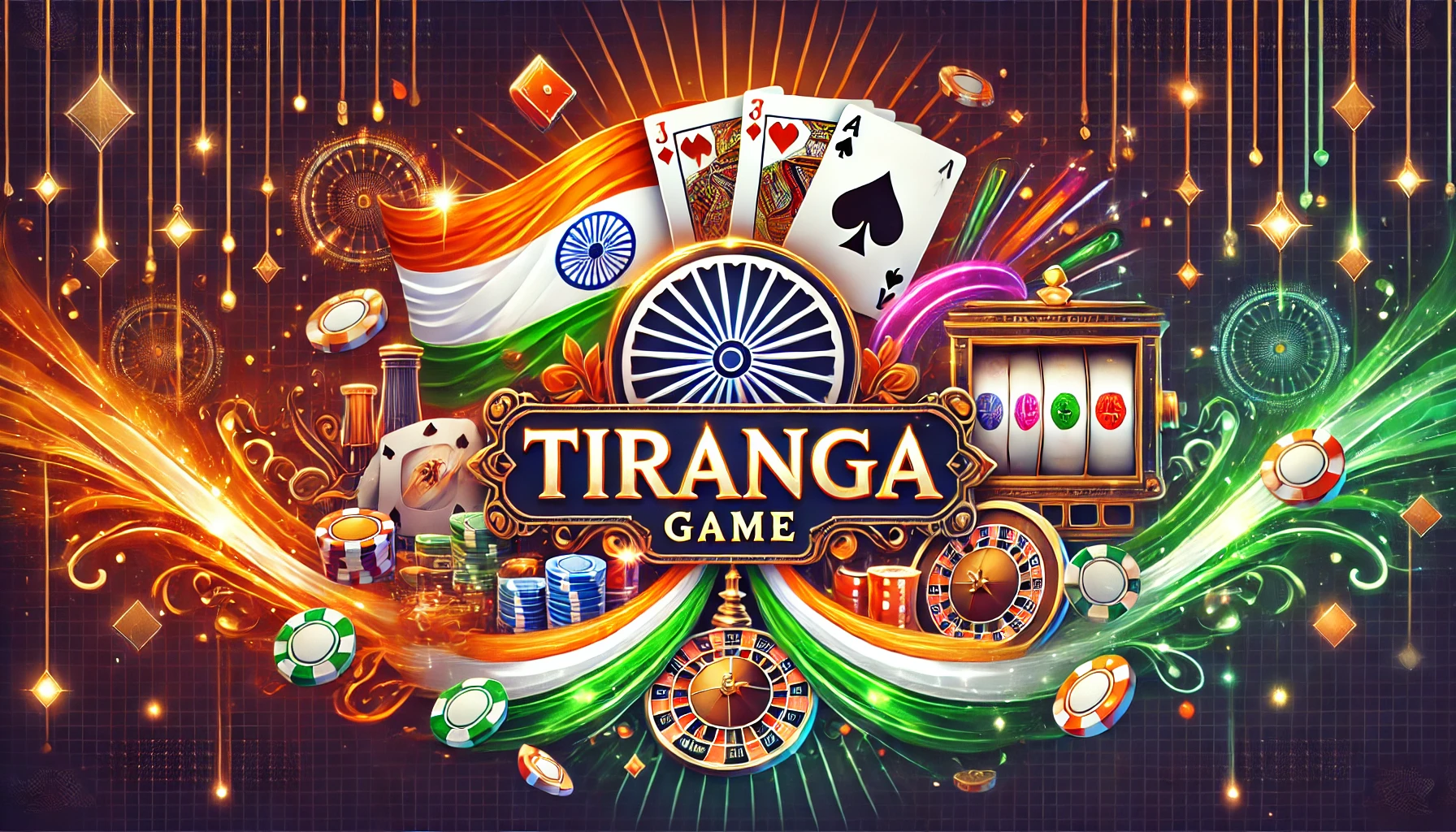Tiranga – The Emblem of India's Unity, Struggle, and Sovereignty
Wiki Article
Tiranga, meaning "tricolour" in Hindi, is not merely a flag; it is the embodiment of India's rich history, diverse culture, and the sacrifices made for its independence. Officially known as the National Flag of India, the Tiranga serves as a constant reminder of the nation's journey from colonial subjugation to sovereign unity.
Historical Evolution of the Tiranga
The quest for a national flag began in the early 20th century. The first known flag, hoisted in 1906 at Parsee Bagan Square in Calcutta, consisted of three horizontal stripes of green, yellow, and red. This flag was a symbol of resistance against British rule.
In 1921, Pingali Venkayya, an Indian freedom fighter, proposed a new design featuring a spinning wheel (Charkha) at the center, symbolizing self-reliance. This design underwent several modifications, and by 1931, it was recognized as the official flag of the Indian National Congress.
The final design, adopted on 22nd July 1947, just before India gained independence, replaced the Charkha with the Ashoka Chakra, a 24-spoked wheel, symbolizing the eternal wheel of law.
Design and Symbolism
The Tiranga comprises three horizontal stripes:
-
Saffron (Top Band): Represents courage, sacrifice, and the spirit of renunciation.
-
White (Middle Band): Denotes truth, peace, and purity.
-
Green (Bottom Band): Signifies faith, fertility, and the land's richness.
At the center of the white band lies the Ashoka Chakra, a navy-blue wheel with 24 spokes, symbolizing the eternal wheel of law and progress.
Significance of the Tiranga
The Tiranga is more than a national symbol; it is a reflection of India's values and aspirations. It stands for:
-
Unity in Diversity: Despite the nation's vast cultural, linguistic, and religious diversity, the Tiranga unites all Indians under a single identity.
-
Sacrifice and Struggle: It honors the countless freedom fighters who laid down their lives for the nation's independence.
-
Democratic Values: The presence of the Ashoka Chakra signifies India's commitment to justice, righteousness, and progress.
The Tiranga in Modern India
In contemporary India, the Tiranga holds immense significance:
-
National Celebrations: It is prominently displayed during national events like Independence Day (15th August) and Republic Day (26th January).
-
Civic Pride: Citizens across the nation hoist the flag at their homes, schools, and public places as a mark of respect and patriotism.
-
International Representation: The Tiranga is a symbol of India's presence and identity on the global stage.
Respect and Protocol
The Flag Code of India outlines the proper usage and respect for the national flag:
-
The flag should never touch the ground or water.
-
It should not be used as drapery or for any commercial purposes.
-
When displayed with other flags, the Tiranga should be at the center and at the highest point.
Conclusion
The Tiranga is a powerful symbol of India's journey, struggles, and triumphs. It encapsulates the nation's essence and serves as a guiding light for future generations. As citizens, it is our duty to honor and copyright the dignity of the Tiranga, ensuring that its legacy endures for years to come.
Report this wiki page